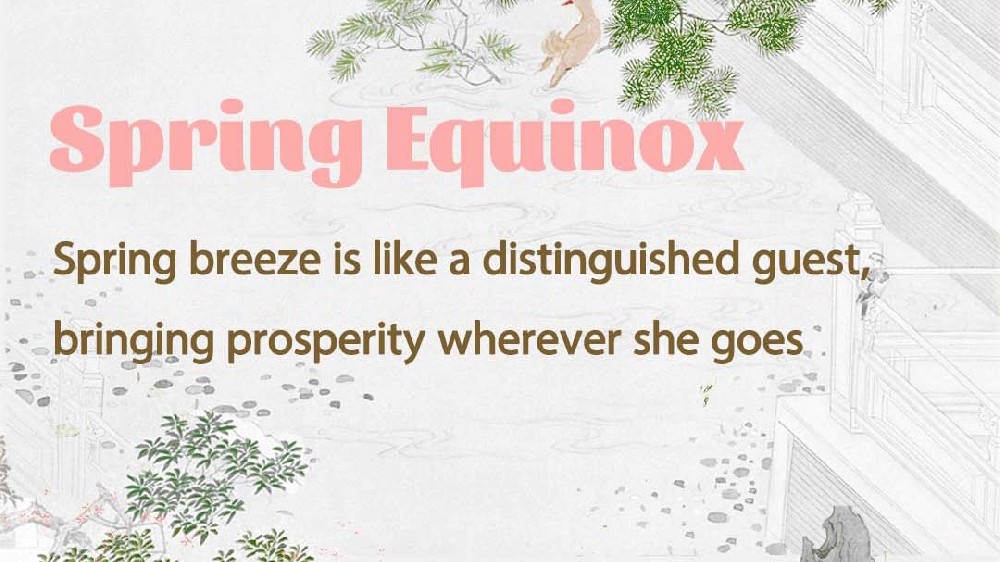Heritage Grid | The Silent Cities of Mangshan: China’s Valley of Kings
For over two millennia, a stretch of highland overlooking the Yellow River in central China has whispered an irresistible invitation to the dead: "Born in Suzhou and Hangzhou, buried in Beimang." (生在苏杭,葬在北邙)This ancient proverb captures the singular prestige of Luoyang’s Mangshan Hills, where the earth cradles more emperors, poets, and generals than anywhere else in East Asia. Stretching across 756 square kilometers of Luoyang’s northern terrain—spanning seven counties and 360 villages—this necropolis holds the remains of 24 confirmed emperors from six dynasties, alongside countless nobles, scholars, and commoners. Its density is staggering: one Ming dynasty chronicle lamented there was "not even room for a reclining ox" (无卧牛之地)amid the forest of burial mounds.

A Landscape Sculpted for Eternity
Geologically, Mangshan’s allure lies in its elevated loess terraces (120-340 meters above sea level), which rise like a natural fortress above the flood-prone Luo and Yellow Rivers. Its soil—fine, cohesive, and resistant to erosion—proved perfect for deep tunneling and tomb construction. But it was feng shui cosmology that sanctified this practicality. Facing south toward the sacred Song Mountains and cradled by the river’s protective curve, Mangshan embodied the ideal "back to mountain, face to water" configuration—a harmony believed to channel cosmic energy for the afterlife.
Dynasties in Layers: Chronology of an Underground Metropolis
Eastern Zhou (770–256 BCE):
The earliest royal patrons were Zhou kings, whose eight mausoleums cluster near Jin Village. These set a precedent: burial here signaled divine legitimacy. Their subterranean chariots and bronze ritual vessels—looted in the 1920s—hinted at the treasures later dynasties would inherit.
Eastern Han (25–220 CE):
The Guangwu Emperor Liu Xiu, restorer of the Han dynasty, broke tradition. While peers faced south toward mountains, his Yuán Líng tomb "pillowed on the river and stepped onto the hills"—a defiance of convention visible today amid 1,500 ancient cypresses. His burial ignited a rush: four subsequent Han emperors joined him, their mounds dotting the central Mangshan foothills.
Cao Wei & Western Jin (220–316 CE):
An era of austerity. The Wei emperor Cao Pi banned above-ground markers, decreeing that tombs be cut into hillsides. Yet status endured: the Jin imperial clan claimed the Shouyang Mountain’s slopes, where archaeologists recently located the Chongyang and Juyang mausoleums—their hidden chambers still shielded by unmarked earth.
Northern Wei (386–534 CE):
Nomadic rulers turned architectural innovators. Emperor Xiaowen’s Changling blended Xianbei and Han traditions, with a 30-meter-high mound and a rectangular ritual complex—a layout confirmed by 2004 excavations. Nearby, his grandson Xuanwu’s Jingling now lies open to visitors beneath Luoyang’s Museum of Ancient Tombs, its 37-meter entrance tunnel descending into a vaulted chamber.
Later Tang (923–937 CE):
The final imperial chapter. Li Siyuan’s Huiling marked a last gasp of Tang-era grandeur before the necropolis fell silent, though commoners continued burying kin here until the Qing dynasty.

Whispers from the Underworld: Archaeology’s Revelations
What makes Mangshan unparalleled is its stratigraphy of stories. Over 6,000 unearthed epitaphs—including China’s oldest, the Eastern Han "Epitaph for Ma Jiang" (106 CE)—reveal political intrigues, trade routes, and even poetry composed for the dead. In March 2023, archaeologists at Zhucang Village struck a rare find: two Northern Wei stone sarcophagi adorned with exquisite line engravings. Each panel illustrated classical parables like "Bó Yú Weeps for His Staff"—a filial piety tale—with drapery folds flowing like ink on silk. These belong to a global elite of just 20 known sets, most looted or scattered long ago.
In China, Luoyang Mangshan is usually compared with Egypt's Valley of the Kings for its unaccountable tombs of famed emperors and notable dignitaries. Unlike Egypt’s Valley of the Kings—which was used intensively for just 500 years—Mangshan absorbed burials across two millennia. Mangshan's Feng Shui pattern and concept embody the Chinese tradition of paying respect to ancestors and protecting the fortunes of descendants, reflecting the Confucian ethics of "treating death as life".
Plunder, Preservation, and Public Memory
However, Mangshan’s visibility made it tragically vulnerable. 20th-century railway construction triggered mass looting; 3,800 recorded mounds in 1750 dwindled to 330 by 2003, vanishing at 7-8 tombs yearly.
Modern safeguards now intertwine technology and tradition:
24-hour surveillance guards major tombs
Villagers as heritage keepers patrol ancestral plots
The Luoyang Mangshan Regulations (2012) legally shield the landscape from development.
At the Luoyang Museum of Ancient Tombs—built around the excavated Jingling—visitors descend past 25 reconstructed burial chambers, from Han brick-vaulted tombs to Tang murals of wine festivals. It’s a poignant dialogue with the "underground museum" outside its walls.

Why Mangshan Matters Now
In an era of homogenized heritage, Mangshan resists simplification. It is not a monument to one dynasty’s might, but a palimpsest of Chinese mortality—from Zhou ancestor worship to Wei pragmatism. Each tomb is a time capsule: a 2022 dig revealed Northern Wei nobles depicting classical Chinese tales, even as their Xianbei ancestors roamed Mongolia. This fusion of cultures under the earth mirrors China’s pluralistic identity.
For travelers, Mangshan offers more than spectacle. To stand atop Jingling at dusk, watching shadows stretch over unexcavated mounds, is to witness 2,300 years of aspiration, where every ruler, poet, and farmer sought eternity in these silent hills. As the Tang poet Wáng Jiàn observed: "On Mangshan’s ridge, no idle soil remains; all are old graves of Luoyang’s souls." (北邙山头少闲土,尽是洛阳人旧墓。)
In their stillness, they still speak.
Related articles
-
 Longmen Grottoes: The Peak of Chinese Stone Carving Art
Longmen Grottoes: The Peak of Chinese Stone Carving ArtMore
-
 Yangshao Culture: The Most Influential Prehistoric Civilization in China
Yangshao Culture: The Most Influential Prehistoric Civilization in ChinaMore
-
 Heritage Grid | Luoyang Unearthed: Where China’s Golden Age Took Root
Heritage Grid | Luoyang Unearthed: Where China’s Golden Age Took RootMore
-
 Heritage Grid | The Sacred Peaks: How these Five Mountains Forged Chinese's Identity
Heritage Grid | The Sacred Peaks: How these Five Mountains Forged Chinese's IdentityMore
-
 Zhongyuan: The main root and vein of Chinese civilization
Zhongyuan: The main root and vein of Chinese civilizationMore
